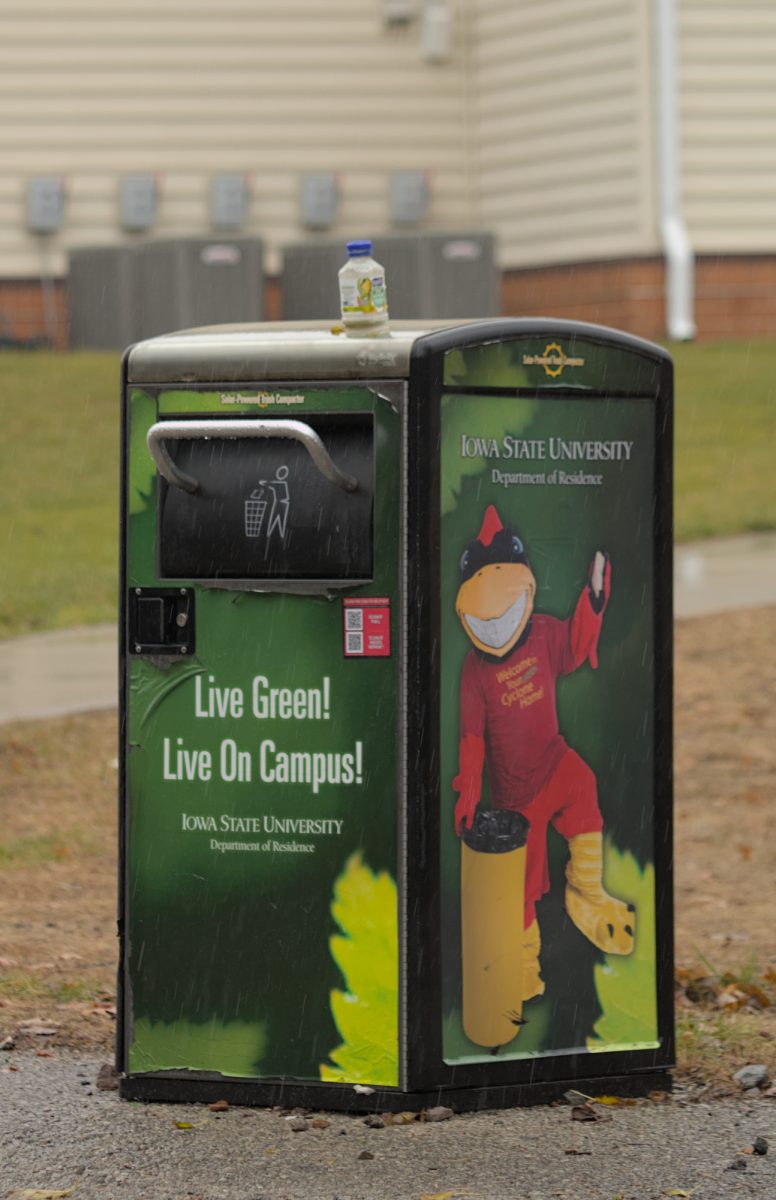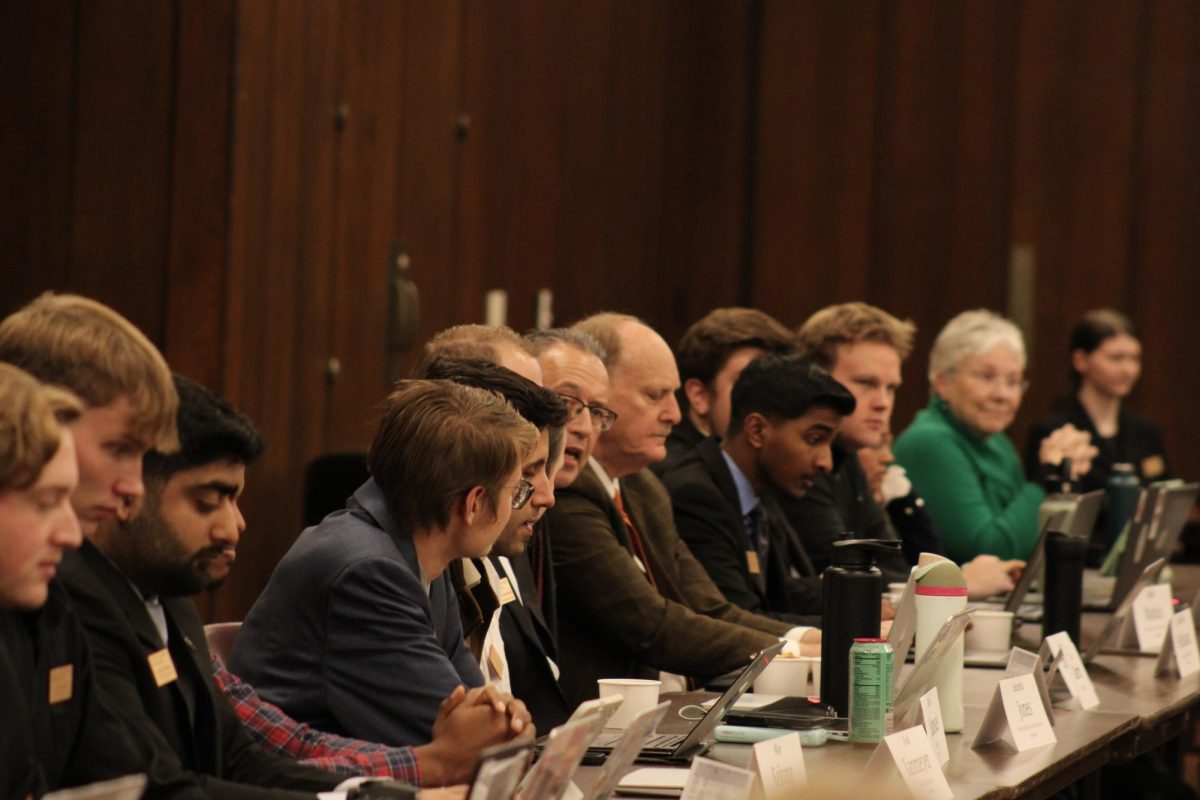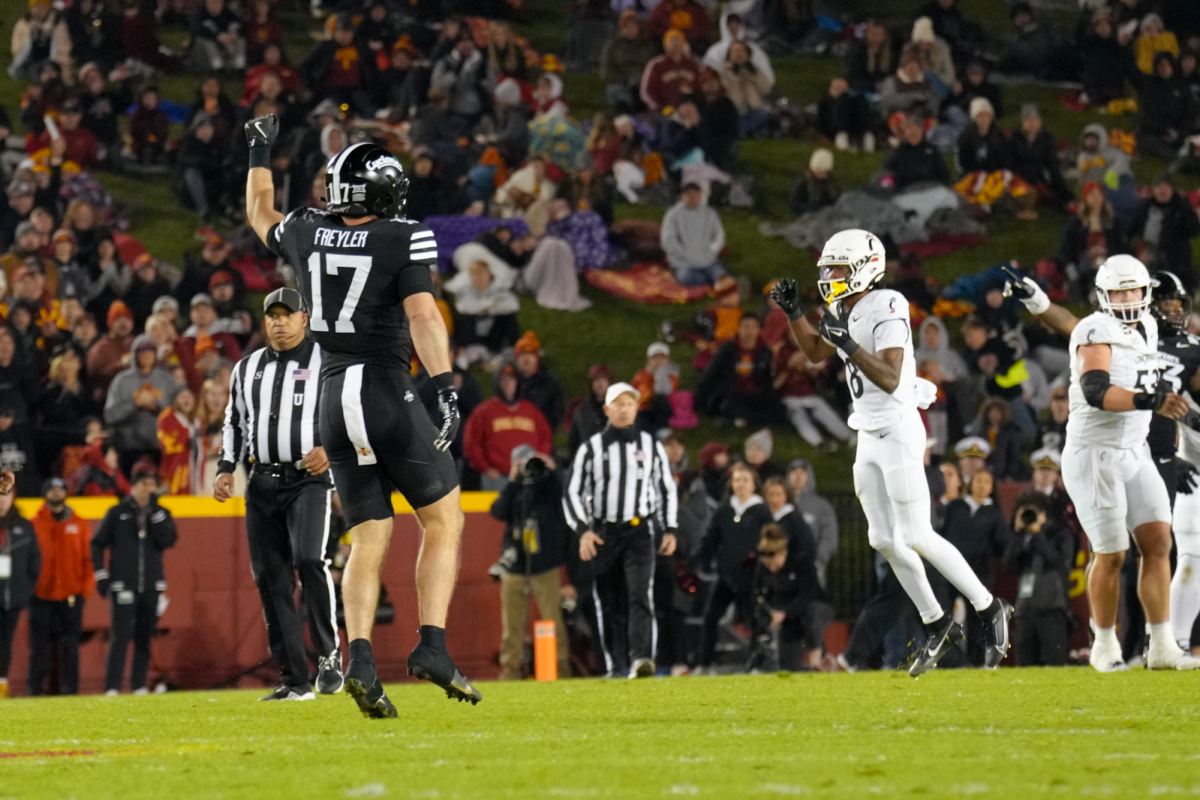ISU students chase storms
May 11, 2010
When most people hear tornado sirens go off, they run to the basement and wait for the storm to pass, but for several students in meteorology it means a chance to go storm chasing.
Students in meteorology pile into cars, sometimes with a professor if one is available, and chase the storm, to learn more how to identify different types of severe weather and tornadoes. If the cars are equipped with the technology, they also gather scientific information about the weather.
Some students loosely associate with the American Meteorological Society Student Chapter at Iowa State to schedule trips through e-mail to help pair up graduate students with undergraduates, while others decide to team up with friends in their major to track the storms.
There are at least 5 to 10 students per trip, but the number can range up to 20 depending on how the students predict the storm and the information provided on various meteorological sites. There is no way to know where or when a tornado will hit, so students must use the education and information available to them to pick what storms they should chase.
William Gallus, professor in geological and atmospheric sciences, is one of the advisers for the ISU AMS chapter, and often accompanies students on the storm chasing. He also took students in a lab storm chasing for one of their classes.
“For students, it can be helpful to storm chase. It allows them to see with their eyes what theories are being played out right in front of them.” Gallus said.
Gallus also said storm chasers are helpful not only to gather scientific information about the storm, but also to help inform the public of tornadoes in the area. Most times when tornadoes are reported to weather stations, a storm chaser first spotted and called it in. This allows for a quick response to turn on tornado sirens to keep people safe.
Due to the dangerous and often unpredictable nature of severe weather, people should not storm chase unless they know what they are doing. Meteorology students need to know where the tornado will be in relationship to the rest of the storm to ensure they are safe and watch for lighting and hail.
Meteorology students also need to take into consideration various components, including how fast the storm is moving, what the winds are doing and air pressure, in order to be ready for anything. Weather is unpredictable, and even more so when someone doesn’t understand all the factors that create and change the storm.
Another component of safety is traffic and speed. In April and May, when severe weather is most common, many storm chasers will be chasing the same storm if it looks like it will be a severe enough. This can lead to clusters of speeding cars that could get into accidents if the drivers aren’t careful. Chasers have to take into consideration other storm chasers as well as people trying to get away from the storm.
“Most of the accidents that happen with storm chasing are from poor decisions. For some reason, people act crazy when storms happen,” Gallus said.
Students can travel anywhere from Southern Canada all the way to Texas, but usually stay near tornado alley, which is centered in the Midwest. While there is no set boundary for tornado alley, maps show it generally runs from South Dakota down to Northern Texas and out to the west of Iowa and Missouri.
This is a prime location for tornadoes because the warm, wet air from the Gulf of Mexico mixes with the dry, cold air from the Rocky Mountains to create the unstable atmosphere that is imperative for tornadoes to form.
There is no way to predict if a season will have lots of bad weather due to lack of current information about tornadoes and the science behind how they work. Generally though, after an El Nino winter like Iowa had this winter, the Midwest will have less severe weather in the spring and summer.
“My gut feeling is that we aren’t going to see a lot of severe weather in Iowa this May because of El Nino and the lack of activity in April,” Gallus said.
The students try to go out at least once a year, but the weather will determine how frequently it will happen. If a year is particularly full of bad weather, a student can go out six or seven times, but in a low activity year maybe only once or twice in the spring.






